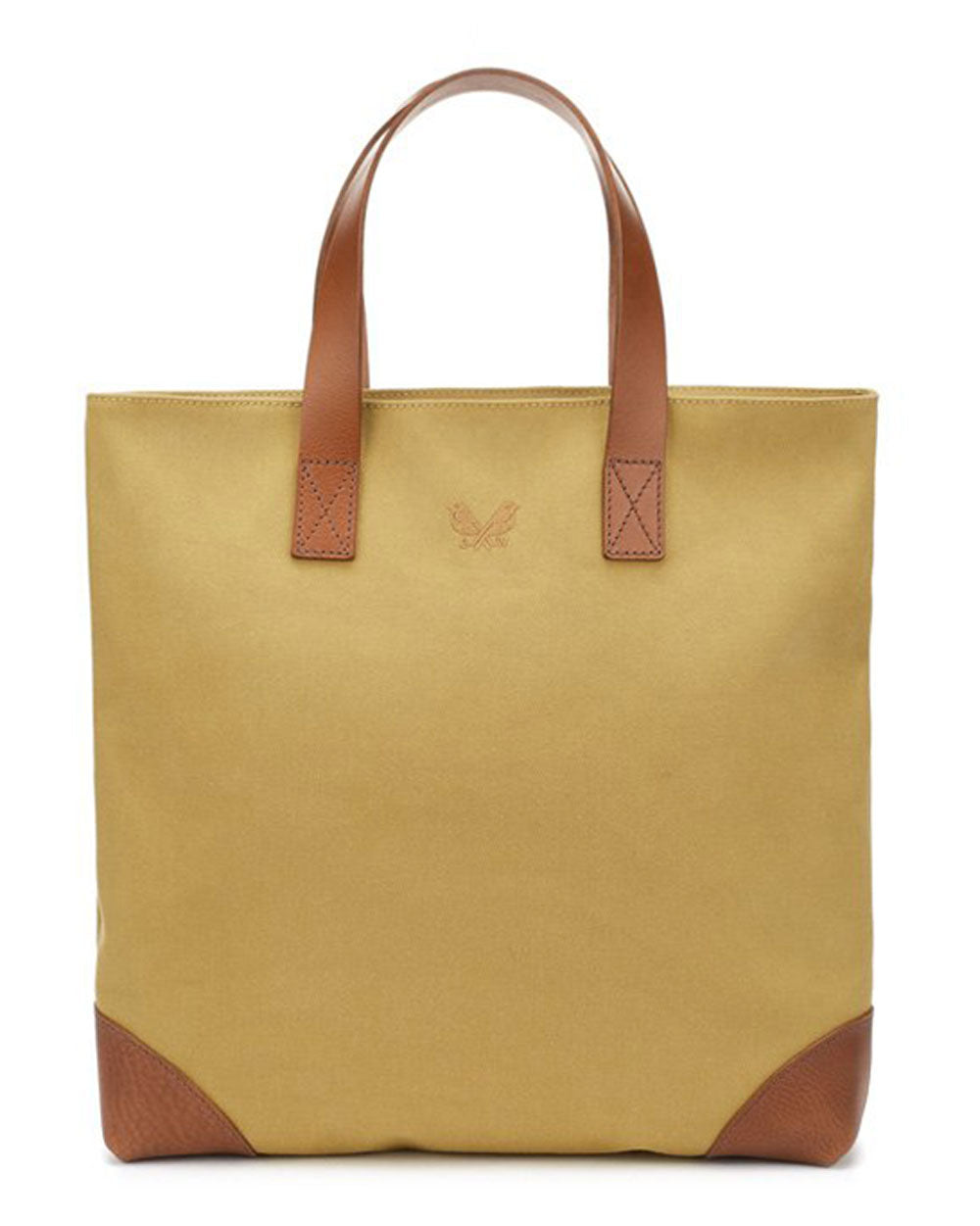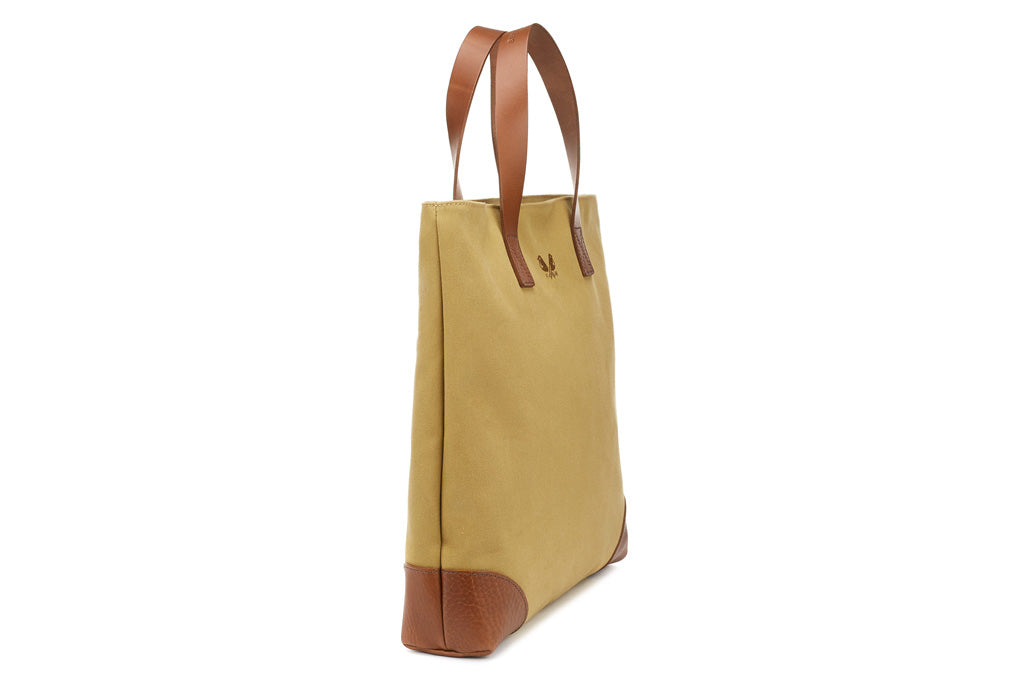Kiosk Furniture's Daniel Johnson on Timeless Design
by Benjamin St George
Good design is timeless, whether it’s a beautiful piece of clothing or a considered piece of furniture. It’s something that former Crane Brothers alum Daniel Johnson knows plenty about, and with Kiosk, his new vintage business, he’s approaching mid-century design with a fresh perspective, celebrating the colourful, the sculptural and the eccentric.
We sat down with Daniel to discuss Kiosk and his point of view on design and what makes something endure, as well as how the local market has evolved and whether the reputation of vintage plastic furniture can be rehabilitated.
Dan, take us through your background prior to starting Kiosk.
I studied architecture initially, so I went through the three years of doing my Bachelors. When it came to making that call around going into the Masters or going and doing my own thing, I decided that at this time in my life I wanted to be doing something a little more creative and self-driven, rather than replicating the designs of everyone else higher up in the company for the next three years or so. I’m really interested in good design being more accessible and a little more versatile. Architecture is great, and it’s great to have an architecturally designed house, but it’s not a very realistic goal for people my age, and even for many people throughout their whole lives. So furniture is a way of bringing that good design inside and achieving a similar effect in some cases. I obviously worked for Crane Brothers for a while, which really gave me a taste for quality and construction, and focussing on the longevity of an object’s life, which is something I’m trying to bring forward into Kiosk. I also did a small stint for another mid-century furniture company in Auckland for about six months, and that cemented my interest.


Did that show you a pathway to how you could do it yourself?
I think so, yes. They were dealing in a lot more Scandinavian pieces - a lot more wood and things like that. The colour and the bold, sculptural quality of a lot of the pieces I have is much more up my alley but that time was really invaluable in terms of learning about the industry and making connections.
Even though you trade in mid-century design, your curation focusses a lot more on bold, function-first pieces, using man-made materials by the likes of Dieter Rams, Charlotte Perriand and their contemporaries, which is a very different approach than most other vintage dealers, at least locally.
I really love the utilitarian side of things, where the function has clearly informed the design. But I also love the playful nature of some of those designers in the Sixties and Seventies, like Verner Panton, where they’ve got this new material and they’re just seeing what they can do with it; how far they can push things and take something like a standardised chair shape and make it more out-there and unique.
There’s been a lot of focus on more austere, Scandinavian modern furniture for the better part of a decade now - do you think the market is moving towards something more adventurous?
I’d like to think so, yes - definitely with what I’ve been seeing overseas. I think not so much the all-encompassing colour but definitely with dots of colour. Especially with everyone having been inside for the last year or so, those sort of Scandinavian minimalist interiors can be beautiful, but they can also be a little dull. Throwing a dash of colour in there brightens up the day I guess, which I really like.
From a form perspective, what keeps so many of these pieces feeling relevant today?
I think in a lot of cases it’s the sculptural quality of them. I think that people have started to see furniture and object design less as purely functional and more as something that adds artistic value to a space. If a chair can be both sculpturally beautiful and serve its intended purpose, then it’s a win-win.
Do you think that the materials used have contributed to their enduring quality?
I think so. Certainly with a lot of the plastic pieces. There’s always been a stigma about plastic, especially recently. Plastic is seen as cheap. But at the time that a lot of these were being designed, it was the height of technology. If you had these designs it was a very luxurious thing. That mindset has obviously sort of flipped, and then has come back around again recently. It’s not necessarily luxury now, but I think there’s still great value in what they’re able to achieve with those materials.
People are starting to think about plastic as being much less disposable these days; do you think that’s affected how people see it in a furniture context?
I think so, definitely. Obviously from a sustainability perspective, we’re producing far too much plastic, that’s pretty obvious, but it is a bit different when you’ve got these pieces that have an incredibly long lifespan. Some of these Kartell pieces were produced in the early 1970s - that’s getting on fifty years, which is good by any standard. In my mind, giving life to those pieces and adding to that lifespan is a huge positive.
New Zealand is a young country and tends to have an obsession with the new - do you think that is changing? Do you see more appreciation for timeless design?
New Zealand definitely has a much shorter history than many places around the world. Even from a sourcing perspective, I’ve been focussing purely on sourcing things locally. In a lot of cases that has meant that there’s not that depth of history, and so a lot of things weren’t available when they were produced, but that does make it even more special when you find those pieces that you were never expecting to find here. I think New Zealand is a little obsessed with the new, but I think as we move forward in time there is a nostalgia related to some of these objects. There’s a memory of your childhood or a memory of someone you know having one of these objects when you were younger, and there’s a real magic in that. Obviously good design is timeless, because it’s quality and beautiful and it lasts forever, but there’s also something to having that personal connection or that little hint of something extra. It makes you so much more likely to hold onto something.
With a new generation entering the furniture-buying stage in their lives, do you think there is a greater appreciation for buying vintage today, as opposed to buying new?
I hope so. I think it’s that balance. Obviously you can go to K-Mart and kit out your whole house for probably under $200.00, but where I think vintage is important is that it’s got history, it’s got character. It’s giving new life to a piece that’s been around for many years, and I think that it’s the combination of the two that’s where the magic happens. If you had a house where every single piece is from the Seventies, it’s going to look a little ridiculous, but I think the same could be said for a house where everything is sparkling clean and brand new as well. I hate to use the word eclectic, but I think it’s that mix of different time periods and different styles that I think works really well. It makes a space feel so much more personal, rather than something you’ve seen in a catalogue and gone “oh, I’ll just take that look. I’ll adopt that.” There’s more of a personal interest in the objects.
- Ben St. George
View more Dispatch posts
Back to DispatchAncestral Patterns
Webb’s has a rare Feltex Rug in their latest auction. In 1972, artist Don Ramage designed a striking wool rug, commissioned by the New Zealand Wool Board and produced by...
No Smoke Without Fire
NZ Herald: Hotel fire smokes out new men’s boutique This week marks twenty-five years since a fire in the basement of Hotel De Brett nearly destroyed Crane Brothers before it...
Joe Caroff
Joe Caroff, the designer behind some of cinema’s most enduring images, has died in New York aged 103. In 1962 he turned the curve of a “7” into the barrel...



